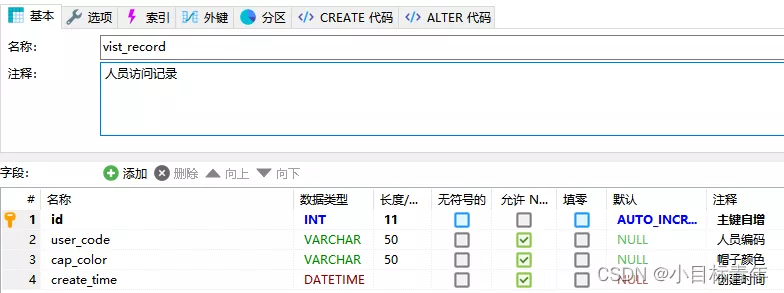当前位置:网站首页>How to save the trained neural network model (pytorch version)
How to save the trained neural network model (pytorch version)
2022-07-05 17:33:00 【Chasing young feather】
One 、 Save and load models
After training the model with data, an ideal model is obtained , But in practical application, it is impossible to train first and then use , So you have to save the trained model first , Then load it when you need it and use it directly . The essence of a model is a pile of parameters stored in some structure , So there are two ways to save , One way is to save the whole model directly , Then directly load the whole model , But this will consume more memory ; The other is to save only the parameters of the model , When used later, create a new model with the same structure , Then import the saved parameters into the new model .
Two 、 Implementation methods of two cases
(1) Save only the model parameter dictionary ( recommend )
# preservation
torch.save(the_model.state_dict(), PATH)
# Read
the_model = TheModelClass(*args, **kwargs)
the_model.load_state_dict(torch.load(PATH))(2) Save the entire model
# preservation
torch.save(the_model, PATH)
# Read
the_model = torch.load(PATH)3、 ... and 、 Save only model parameters ( Example )
pytorch Will put the parameters of the model in a dictionary , And all we have to do is save this dictionary , Then call .
For example, design a single layer LSTM Network of , And then training , After training, save the parameter Dictionary of the model , Save as... Under the same folder rnn.pt file :
class LSTM(nn.Module):
def __init__(self, input_size, hidden_size, num_layers):
super(LSTM, self).__init__()
self.hidden_size = hidden_size
self.num_layers = num_layers
self.lstm = nn.LSTM(input_size, hidden_size, num_layers, batch_first=True)
self.fc = nn.Linear(hidden_size, 1)
def forward(self, x):
# Set initial states
h0 = torch.zeros(self.num_layers, x.size(0), self.hidden_size).to(device)
# 2 for bidirection
c0 = torch.zeros(self.num_layers, x.size(0), self.hidden_size).to(device)
# Forward propagate LSTM
out, _ = self.lstm(x, (h0, c0))
# out: tensor of shape (batch_size, seq_length, hidden_size*2)
out = self.fc(out)
return out
rnn = LSTM(input_size=1, hidden_size=10, num_layers=2).to(device)
# optimize all cnn parameters
optimizer = torch.optim.Adam(rnn.parameters(), lr=0.001)
# the target label is not one-hotted
loss_func = nn.MSELoss()
for epoch in range(1000):
output = rnn(train_tensor) # cnn output`
loss = loss_func(output, train_labels_tensor) # cross entropy loss
optimizer.zero_grad() # clear gradients for this training step
loss.backward() # backpropagation, compute gradients
optimizer.step() # apply gradients
output_sum = output
# Save the model
torch.save(rnn.state_dict(), 'rnn.pt')After saving, use the trained model to process the data :
# Test the saved model
m_state_dict = torch.load('rnn.pt')
new_m = LSTM(input_size=1, hidden_size=10, num_layers=2).to(device)
new_m.load_state_dict(m_state_dict)
predict = new_m(test_tensor) Here's an explanation , When you save the model rnn.state_dict() Express rnn The parameter Dictionary of this model , When testing the saved model, first load the parameter Dictionary m_state_dict = torch.load('rnn.pt');
Then instantiate one LSTM Antithetic image , Here, we need to ensure that the parameters passed in are consistent with the instantiation rnn Is the same as when the object is passed in , That is, the structure is the same new_m = LSTM(input_size=1, hidden_size=10, num_layers=2).to(device);
Here are the parameters loaded before passing in the new model new_m.load_state_dict(m_state_dict);
Finally, we can use this model to process the data predict = new_m(test_tensor)
Four 、 Save the whole model ( Example )
class LSTM(nn.Module):
def __init__(self, input_size, hidden_size, num_layers):
super(LSTM, self).__init__()
self.hidden_size = hidden_size
self.num_layers = num_layers
self.lstm = nn.LSTM(input_size, hidden_size, num_layers, batch_first=True)
self.fc = nn.Linear(hidden_size, 1)
def forward(self, x):
# Set initial states
h0 = torch.zeros(self.num_layers, x.size(0), self.hidden_size).to(device) # 2 for bidirection
c0 = torch.zeros(self.num_layers, x.size(0), self.hidden_size).to(device)
# Forward propagate LSTM
out, _ = self.lstm(x, (h0, c0)) # out: tensor of shape (batch_size, seq_length, hidden_size*2)
# print("output_in=", out.shape)
# print("fc_in_shape=", out[:, -1, :].shape)
# Decode the hidden state of the last time step
# out = torch.cat((out[:, 0, :], out[-1, :, :]), axis=0)
# out = self.fc(out[:, -1, :]) # Take the last column as out
out = self.fc(out)
return out
rnn = LSTM(input_size=1, hidden_size=10, num_layers=2).to(device)
print(rnn)
optimizer = torch.optim.Adam(rnn.parameters(), lr=0.001) # optimize all cnn parameters
loss_func = nn.MSELoss() # the target label is not one-hotted
for epoch in range(1000):
output = rnn(train_tensor) # cnn output`
loss = loss_func(output, train_labels_tensor) # cross entropy loss
optimizer.zero_grad() # clear gradients for this training step
loss.backward() # backpropagation, compute gradients
optimizer.step() # apply gradients
output_sum = output
# Save the model
torch.save(rnn, 'rnn1.pt')After saving, use the trained model to process the data :
new_m = torch.load('rnn1.pt')
predict = new_m(test_tensor)边栏推荐
猜你喜欢
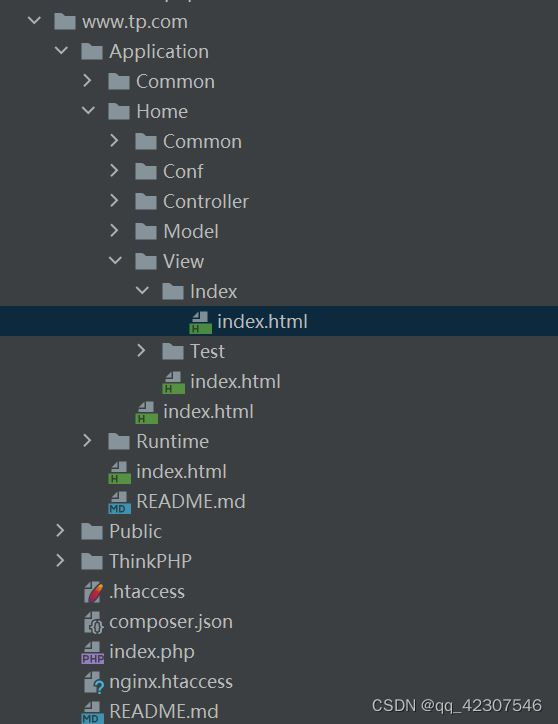
thinkphp模板的使用

Compter le temps d'exécution du programme PHP et définir le temps d'exécution maximum de PHP
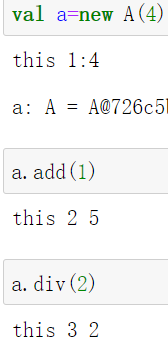
7. Scala class
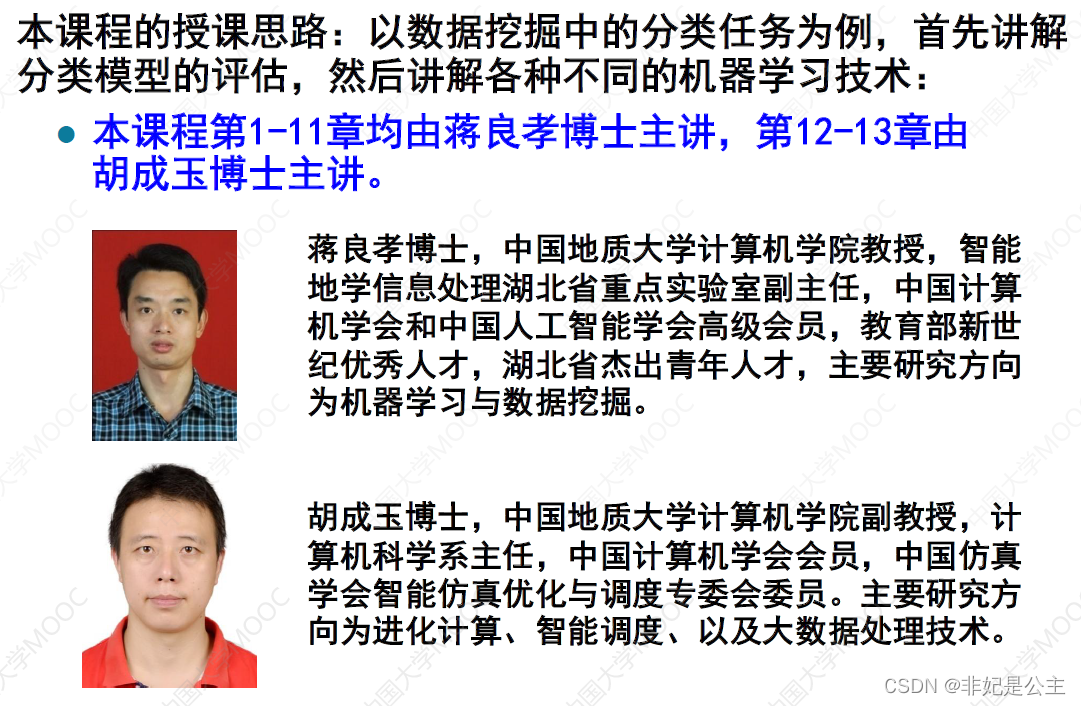
Machine learning 01: Introduction
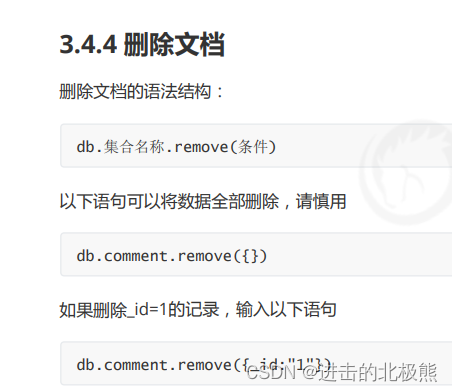
Mongodb (quick start) (I)
Summary of optimization scheme for implementing delay queue based on redis
MySQL queries the latest qualified data rows

MySQL之知识点(七)
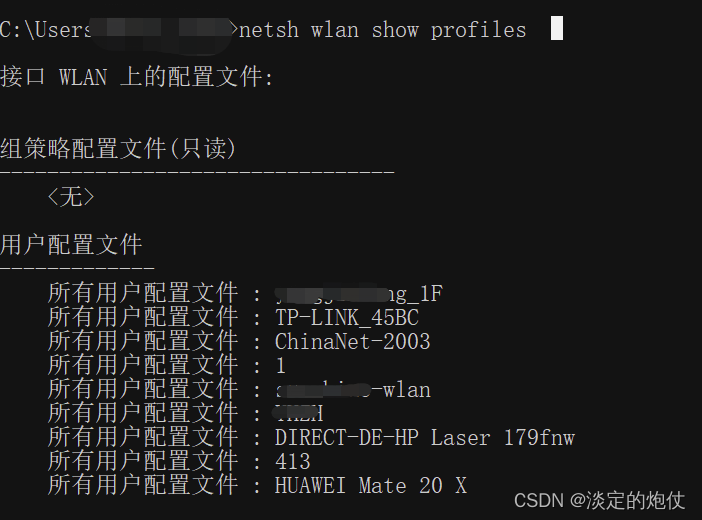
查看自己电脑连接过的WiFi密码

哈趣K1和哈趣H1哪个性价比更高?谁更值得入手?
随机推荐
ternary operator
【7.7直播预告】《SaaS云原生应用典型架构》大咖讲师教你轻松构建云原生SaaS化应用,难题一一击破,更有华为周边好礼等你领!
thinkphp模板的使用
Debug kernel code through proc interface
Ordinary programmers look at the code, and top programmers look at the trend
統計php程序運行時間及設置PHP最長運行時間
SQL Server(2)
查看自己电脑连接过的WiFi密码
Cartoon: how to multiply large integers? (integrated version)
C#实现水晶报表绑定数据并实现打印3-二维码条形码
Machine learning 01: Introduction
2022 年 Q2 加密市场投融资报告:GameFi 成为投资关键词
Judge whether a number is a prime number (prime number)
Cartoon: a bloody case caused by a math problem
Count the running time of PHP program and set the maximum running time of PHP
Read the basic grammar of C language in one article
Using C language to realize palindrome number
Detailed explanation of printf() and scanf() functions of C language
MySql 查询符合条件的最新数据行
goto Statement

